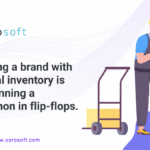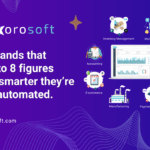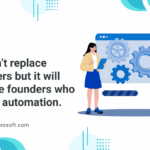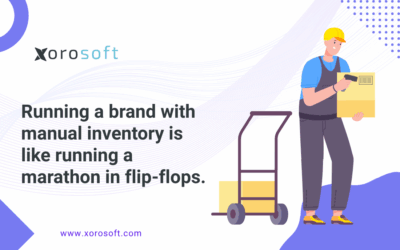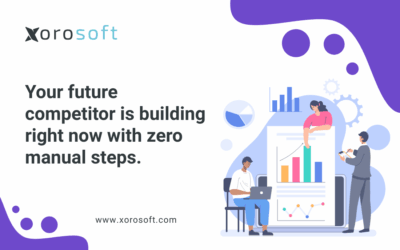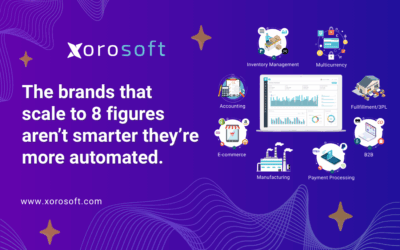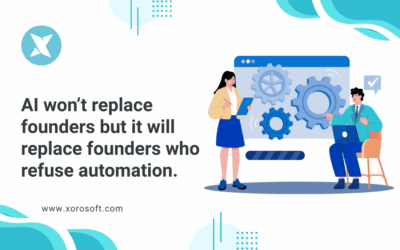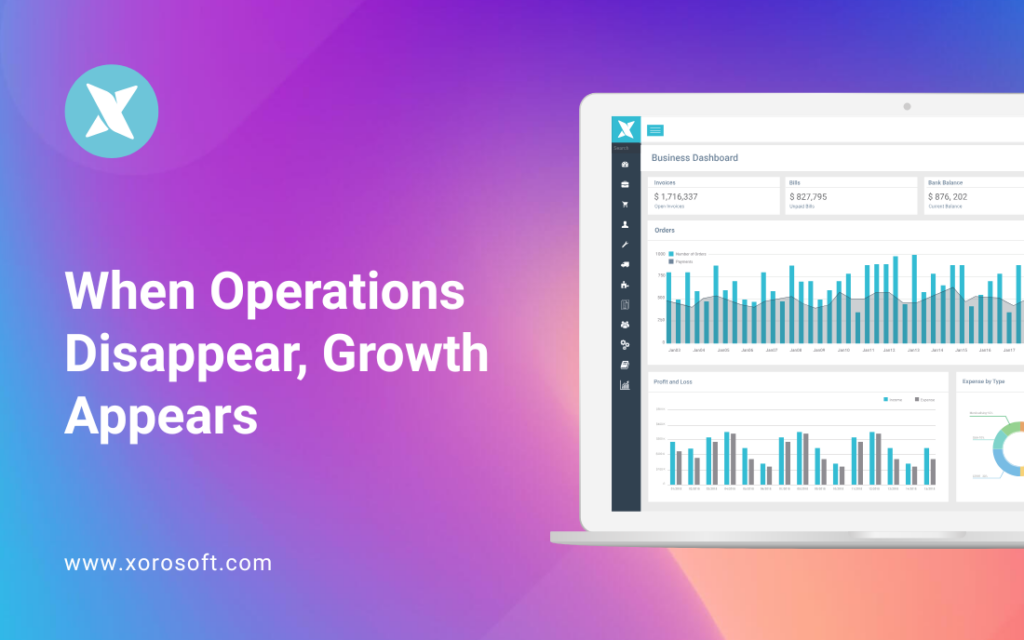
How Modern Brands Build Stability Behind the Scenes
A scalable ERP solution for ecommerce is the backbone of brands that want to grow without chaos. In fact, because it unifies sales, inventory, fulfillment, and accounting, it eliminates silos and reduces wasted hours. Moreover, teams stop wrestling with spreadsheets and focus on real growth.
Without proper integration, inefficiencies multiply as orders rise. Consequently, teams lose time, margins shrink, and decision-making slows. With the right solution, however, accuracy improves and leadership gains visibility. Therefore, every department moves in sync.
Why Every Brand Eventually Needs a Scalable ERP Solution for Ecommerce
Manual tools may work in the beginning. However, as volume increases, disconnected apps create costly confusion. Reports disagree, inventory goes missing, and invoices take too long to reconcile.
-
Inventory and accounting often fail to match; therefore, errors increase.
-
Teams waste hours fixing data instead of driving growth.
-
New sales channels add complexity instead of efficiency.
-
Therefore, cash flow slows because POs and bills are out of sync.
As a result, scaling becomes stressful. Nevertheless, with a scalable ERP solution for ecommerce, operations stabilize, and clarity returns quickly.
How a Scalable ERP Solution for Ecommerce Streamlines Operations
When Shopify, warehouse, and finance systems connect through a scalable ERP solution for ecommerce, data moves automatically. Therefore, orders, invoices, and stock stay accurate at all times.
-
Unified data: Every team works from a single source of truth.
-
Automation: Repetitive tasks such as routing and invoicing happen automatically.
-
Visibility: Clear dashboards show what’s happening in real time.
-
Integration: Shopify, 3PLs, and accounting software stay perfectly aligned.
Moreover, teams finally trust their numbers. In turn, Consequently, leaders can make decisions faster and with more confidence.
From Manual Mayhem to Smooth Automation
| Metric | Before | After |
|---|---|---|
| Order Cycle Time | 3.4 days | 1.1 days |
| Pick Accuracy | 91.8% | 99.8% |
| Inventory Turns | 3.4x | 6.2x |
| Cash Conversion | 48 days | 30 days |
A DTC brand running Shopify and spreadsheets replaced manual work with a scalable ERP solution for ecommerce. As a result, they reduced operational hours by 40%. Consequently, the team redirected effort toward marketing and retention. In addition, leadership began scaling ads confidently because forecasting finally matched reality.
Seven Practical Steps to Implement a Scalable ERP Solution for Ecommerce
1. Audit your data flows. Identify where information breaks between sales, warehouse, and finance. Therefore, you can automate precisely what matters.
2. Integrate your platforms. Connect Shopify, 3PL, and accounting tools directly. Consequently, data moves seamlessly.
3. Automate routine work. Create rules for routing, invoicing, and reorders. Moreover, errors fall dramatically.
4. Standardize fulfillment. Barcode scanning ensures consistency and accuracy.
5. Unify analytics. Centralized dashboards reveal insights faster. As a result, forecasting becomes reliable.
6. Tighten cash control. Automate reconciliation to improve liquidity.
7. Free leadership time. Replace daily firefighting with weekly performance reviews.
Because each step compounds, efficiency rises steadily week by week.
A Five-Week Rollout for Sustainable Change
Week 1 – Audit and Align
Map every system that touches inventory or payments. Moreover, identify your top five workflow failures.
Week 2 – Integrate and Sync
Connect Shopify, 3PL, and accounting. Consequently, you’ll see immediate accuracy improvements.
Week 3 – Automate the Repetitive Tasks
Enable routing, invoicing, and reorder automation. Therefore, your team can focus on strategic projects.
Week 4 – Train and Measure
Conduct quick sessions for all users. As a result, adoption accelerates naturally.
Week 5 – Optimize and Scale
Refine workflows and expand channels. Meanwhile, automation maintains balance as you grow.
The Benefits of Using a Scalable ERP Solution for Ecommerce
With automation in place, your brand unlocks measurable gains:
-
Cash flow improves as transactions sync instantly.
-
Forecasting becomes reliable with unified, accurate data.
-
Customer satisfaction increases due to faster fulfillment.
-
Employee morale improves because repetitive work disappears.
Furthermore, operational calm gives leadership the freedom to plan, innovate, and expand.
How to Choose the Right Scalable ERP Solution for Ecommerce
Selecting a platform requires balance between flexibility and simplicity. However, several universal traits define the best systems:
1. Integration depth – Shopify, 3PLs, and accounting must connect natively.
2. Ease of use – Non-technical users can manage daily tasks.
3. Automation coverage – The system should replace manual steps entirely.
4. Analytics capability – Real-time dashboards guide better decisions.
5. Support quality – Reliable onboarding shortens your time to ROI.
For reviews, explore G2 ERP Systems – Easiest to Use.
To explore Shopify integrations, check Xorosoft ERP on Shopify.
The Long-Term Impact of Scalable ERP Integration
Operational excellence used to mean managing complexity manually. Today, it means removing complexity entirely. Consequently, brands that adopt a scalable ERP solution for ecommerce gain resilience, agility, and confidence.
Moreover, as systems take over repetitive tasks, people regain time for innovation. Therefore, growth feels smoother, less risky, and far more sustainable.
Building Calm, Scalable Growth
When operations vanish into automation, your attention returns to brand building. A scalable ERP solution for ecommerce allows you to spend less time on spreadsheets and more time on strategy. Consequently, you scale profitably, sustainably, and without burnout.
Explore next steps:
